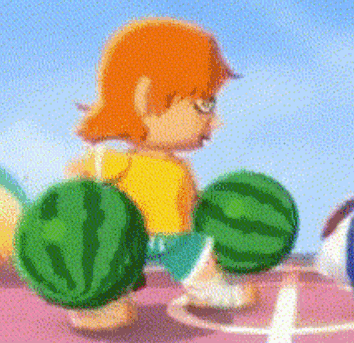The way Unite permeated NASB discourse was kinda strange, there was always this underlying vibe, especially before NASB1's DLC, of "If this was a THQ game in the 2000s, this game would be peak" - which is just an inherently funny concept for an opinion TBH, and would be even if I agreed (Hell, I'd say that's true of Drawn to Life: Two Realms at least) - and I assume this was derived from 1. wanting more 2000s rep and/or less 90s/acquisition rep, 2. wanting a lot of content/characters, and 3. voice acting, which would all be true of a 2000s THQ NASB looking at both the publisher's trends and the pre-Rivals platform fighter landscape and/or "licensed Power Stone clone" sub-sub-sub-subgenre (depending on which direction such a game would go), don't get me wrong, but that would come at the expense of so damn much - voice acting is a drop in the sea of polish, day 1 NASB1 was far more polished than any of the console Unite games aesthetically and functionally (Yep, accounting for no VA and noops), and arguably most non-handheld non-Heavy Iron THQ Nick games, and it's pretty clear NASB1's devs watched way more of the shows - the overabundance of references and lack of original characters/settings/abilities is a mileage-may-vary situation, but when you compare what content was curated for inclusion and how non-character elements of shows are depicted, NASB wins out almost every time - every time there's a Danny Phantom world in the Unite games, it's always Danny's Normal-Ass-Boring-Boy Normal-Ass-Boring-City, the only time the spinny green ghost world was used was the prison in NU1 which just looks like a normal prison and not a wacky ghost prison. In Globs, they chose Invader Zim's Normal-Ass-Boring-Boy Normal-Ass-Boring-City instead of his alien planet too. The existing-world stage selection in the console Unite games feels very much like it was based on a binder full of reference art.


